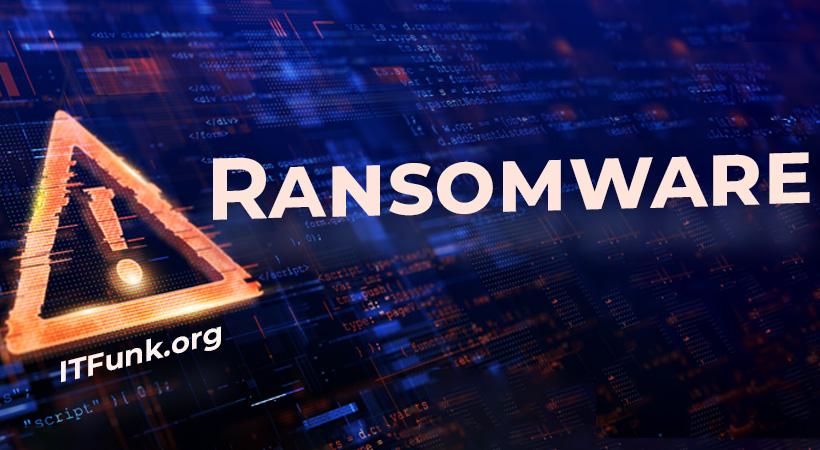Ransomware continues to be a menacing force, wreaking havoc on individuals and organizations alike. One such malicious software making headlines is Beast Ransomware. This pernicious threat encrypts files on infected systems, rendering them inaccessible to users until a ransom is paid. In this comprehensive guide, we delve into the intricacies of Beast Ransomware, its modus operandi, detection names, removal procedures, and best practices for safeguarding against future attacks.
Understanding Beast Ransomware
Beast Ransomware operates with stealth, infiltrating systems through various vectors such as malicious email attachments, compromised websites, or exploit kits. Once inside a system, it swiftly encrypts files using strong encryption algorithms, effectively locking users out of their own data. Victims are then presented with ransom notes, demanding payment in cryptocurrency, typically Bitcoin, in exchange for a decryption key. Failure to comply with these demands often results in permanent data loss.
The consequences of a Beast Ransomware infection can be devastating. Not only does it lead to the loss of critical data, but it also disrupts operations, causing significant financial and reputational damage to businesses. Moreover, paying the ransom does not guarantee the recovery of files, as cybercriminals may fail to provide a working decryption key or demand additional payments.
Detection Names and Similar Threats
Beast Ransomware may be detected by various antivirus engines under different names, including but not limited to:
- Trojan-Ransom.Win32.Beast
- Ransom:Win32/Beast.A
- Win32/Filecoder.Beast
- Ransom.Beast
Similar threats to Beast Ransomware include notorious ransomware families like WannaCry, Ryuk, and GandCrab, each with its own modus operandi and encryption techniques.
Beast Ransomware: Removal Guide
Removing Beast Ransomware from an infected system requires a systematic approach to ensure complete eradication. Follow these steps carefully:
- Disconnect from the Network: Immediately disconnect the infected system from any network connections to prevent further spread and potential data exfiltration.
- Enter Safe Mode: Restart the infected system and enter Safe Mode to prevent the ransomware from executing.
- Identify Malicious Processes: Use Task Manager or a reputable process management tool to identify any suspicious processes associated with Beast Ransomware and terminate them.
- Delete Malicious Files: Navigate to the directories where the ransomware is known to reside (commonly in %AppData% or %Temp%) and delete all related files and folders.
- Clean Registry Entries: Use the Registry Editor (regedit) to remove any malicious entries created by the ransomware.
- Restore from Backup: If available, restore encrypted files from a secure backup source. Ensure the backup is free from infection before restoration.
- Scan with Antivirus: Perform a thorough scan of the system using reputable antivirus software to detect and eliminate any remaining traces of the ransomware.
Prevention Best Practices
Preventing future infections of Beast Ransomware and similar threats requires a proactive approach to cybersecurity. Consider implementing the following best practices:
- Keep Software Updated: Ensure all operating systems and software applications are regularly updated with the latest security patches to mitigate vulnerabilities.
- Educate Users: Educate users about the risks of clicking on suspicious links or downloading attachments from unknown sources, and promote safe browsing habits.
- Deploy Endpoint Protection: Install robust endpoint protection solutions that include features like behavior monitoring, threat intelligence, and real-time scanning.
- Backup Regularly: Implement a comprehensive backup strategy to regularly backup critical data to an offline or cloud-based storage solution. Test backups periodically to ensure they are viable for restoration.
- Enable Firewall: Enable and configure firewalls on network devices to monitor and filter incoming and outgoing traffic, blocking known malicious IP addresses and domains.
By adhering to these best practices and maintaining a vigilant stance against cyber threats, individuals and organizations can fortify their defenses against the insidious Beast Ransomware and its ilk. Remember, prevention is always better than remediation when it comes to cybersecurity.





